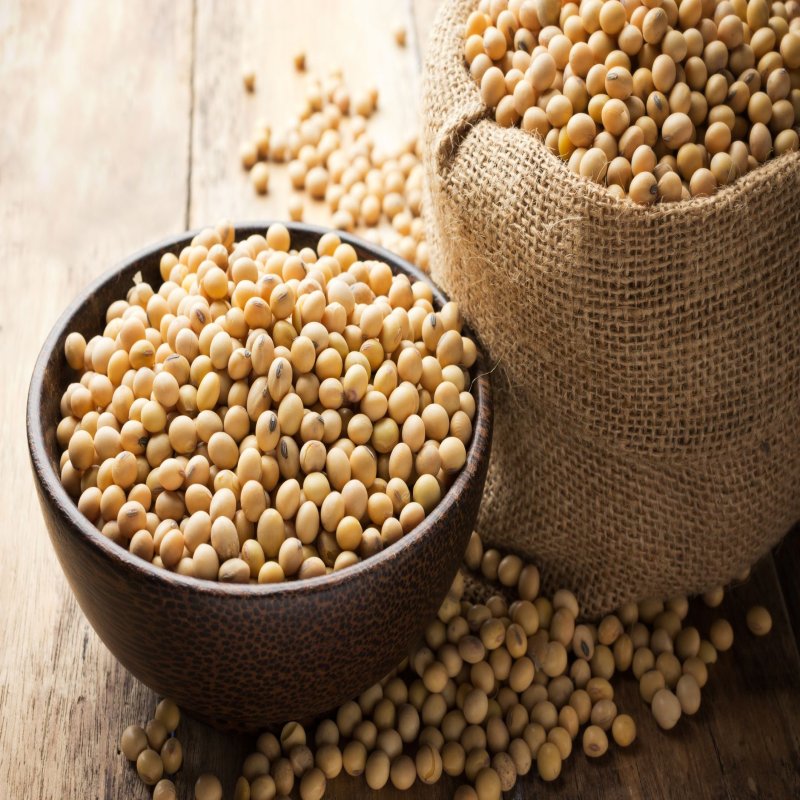
High in protein and used as a vegetarian and lactose alternative for many foods, soy has transcended its Asian origins to become the most widely cultivated legume across the globe. Soybeans are native to East Asia but are now a major crop in the United States, Brazil, Argentina, India, and China.
Unlike most plants, soybean is a complete protein, which means it contains all essential amino acids. This allows soybeans to replace animal products, which are the usual dietary sources of complete protein. The key benefits of soy are its high protein content, vitamins, minerals, and insoluble fiber. The high fiber content makes soybeans and other soy-containing foods valuable in cases of constipation, high cholesterol, and type 2 diabetes.
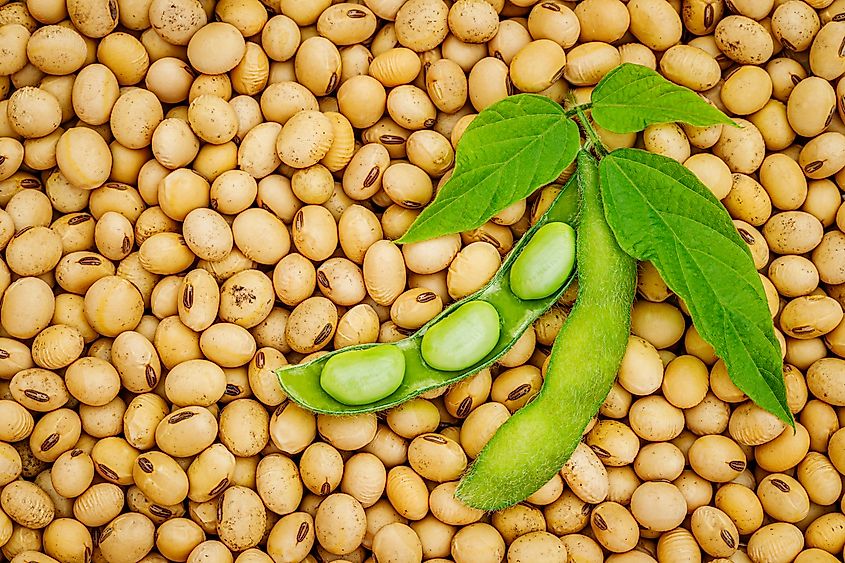
Types of Soy Products
Several popular soy-based foods are made from soybeans. Traditional unfermented food uses of soybeans include soy milk, tofu, and tofu skin. On the other hand, fermented soy foods include soy sauce, fermented bean paste, natto, and tempeh.
Here is a list of some popular types of soy products and their benefits:
Soy Flour
Milling or grinding dried and toasted soybeans produces soy flour. It is a rich source of proteins, as well as iron, B vitamins, and calcium. It adds a pleasant texture and flavor to a variety of products. Additionally, soy flour is gluten-free and can be made with varying levels of fat. In fact, it works great as a substitute for wheat flour for gluten-intolerant individuals, although it produces a much denser product due to its lack of gluten.
Know all about gluten intolerance here!
Miso
Miso is a fermented soybean paste that is used as a flavoring and is popular in Asian cuisine. It is a paste-like substance used in spreads, sauces, and most commonly miso soups. Miso is a good source of manganese, copper, and zinc (all three are important mineral antioxidants). It is also an excellent source of mineral phosphorus, protein, and dietary fiber.

Tempeh
Tempeh is an Indonesian specialty. The preparation involves cooking and slightly fermenting the soybeans. Subsequently, they are made into a patty, similar to a very firm veggie burger. It is a very good source of protein, B vitamins as well as minerals.
Tofu
Preparing soybean curd or tofu involves curdling soy with a coagulant. Tofu, which has minimal flavor, can absorb seasonings and flavorings quite easily. Firm tofu is dense and useful in stir-fries or soups. On the other hand, soft tofu is mushier and works better in smoothies than yogurt. A 1/2 cup serving of firm tofu has 88 calories, over 10 grams of protein, and 5 grams of fat. Creamy desserts using tofu are common in grocery stores, as are plain blocks of tofu with varying firmness. Most Asian markets carry fresh tofu, which has a smoother texture and flavor.
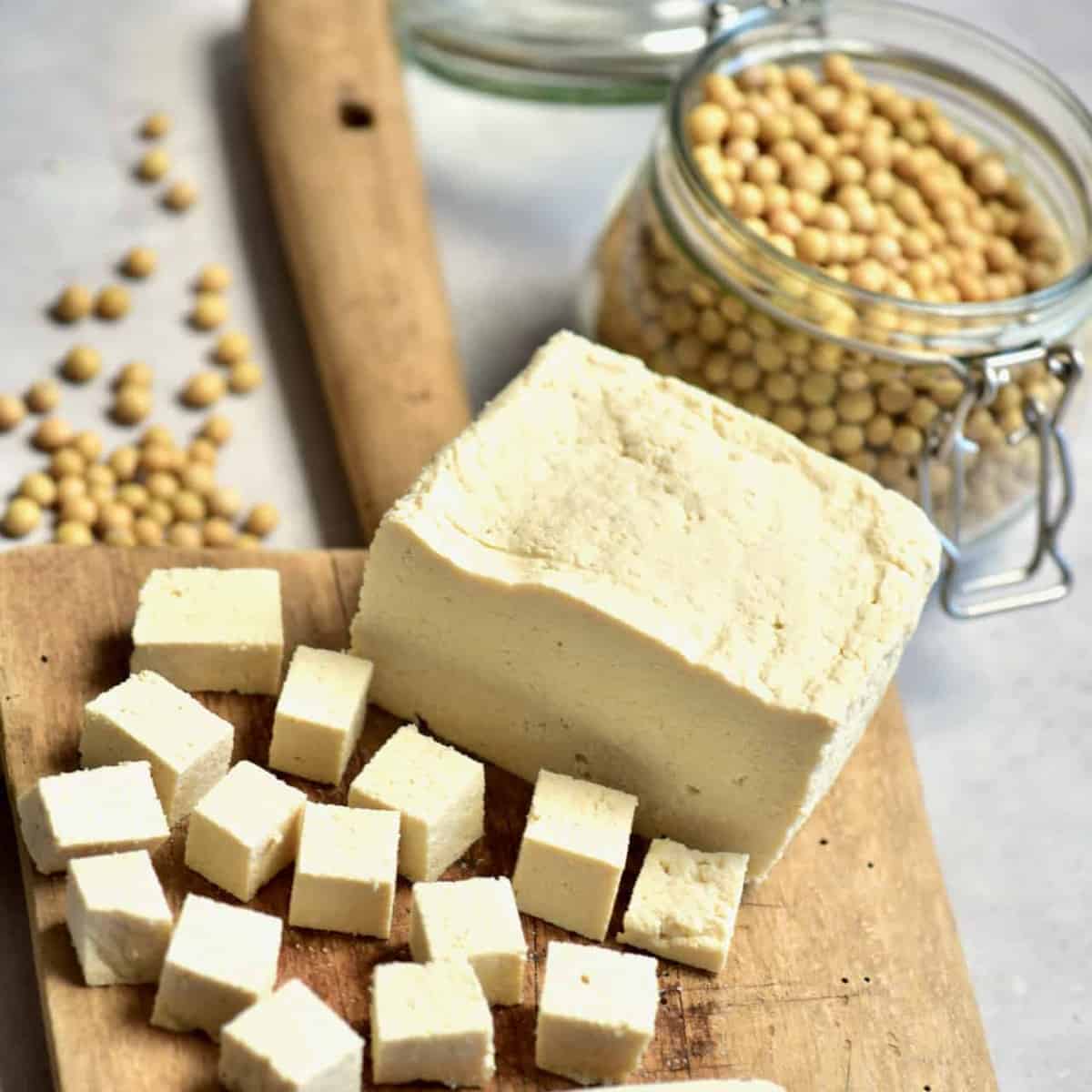
Know about a vegetarian’s guide to a protein-rich diet here!
Soy Milk
Grinding, soaking, and straining soybeans create a mild-tasting liquid known as soy milk. Soy milk is usually a suitable replacement for dairy milk. Therefore, you can use soy milk to make shakes and smoothies by adding yogurt and fruit. Additionally, vanilla and chocolate soy milk are often sold alongside unflavored soy milk, which is typically packaged in aseptic containers.
A 1-cup serving of soy milk has 104 calories, 6 grams of protein, and 3.5 grams of fat, on average. Fortified soy milk is a good source of calcium, iron, vitamin B-12, and vitamin D.
Soy Sauces
Soy sauce is one of the most common soy products available. This dark brown liquid with a salty taste is made by fermenting soybeans. There are three types of Chinese soy sauces available. First, light soy sauce is from the initial extraction and is light-colored with a delicate but salty flavor. Secondly, dark soy sauce takes longer to mature and has caramel in it. It is sweeter and darker than the light variety, with a knock-out aroma. Lastly, regular soy sauce is a mix of light and dark and a good everyday condiment.
Soybean Oil
Soybean oil is extracted from soybeans and is a good source of healthy fats, including omega-3 fatty acids and polyunsaturated fats. While these types of fats have several health benefits, soybean oil is still pure fat, which means that eating too much can be detrimental to your overall health.
1 teaspoon serving of soybean oil has 40 calories, 4.5 grams of fat, and less than 1 gram of saturated fat. Soybean oil is mostly flavorless, making it a non-intrusive ingredient in most dishes.
Natto
Natto is a sticky paste made by adding healthy bacteria to lightly cooked soybeans and fermenting them. It is a powerful food rich in the enzyme natto kinase, which helps reduce the risk of blood clots and break up the plaque associated with Alzheimer’s disease. In Japan, people routinely enjoy natto for breakfast, served on top of rice with an egg split over it.
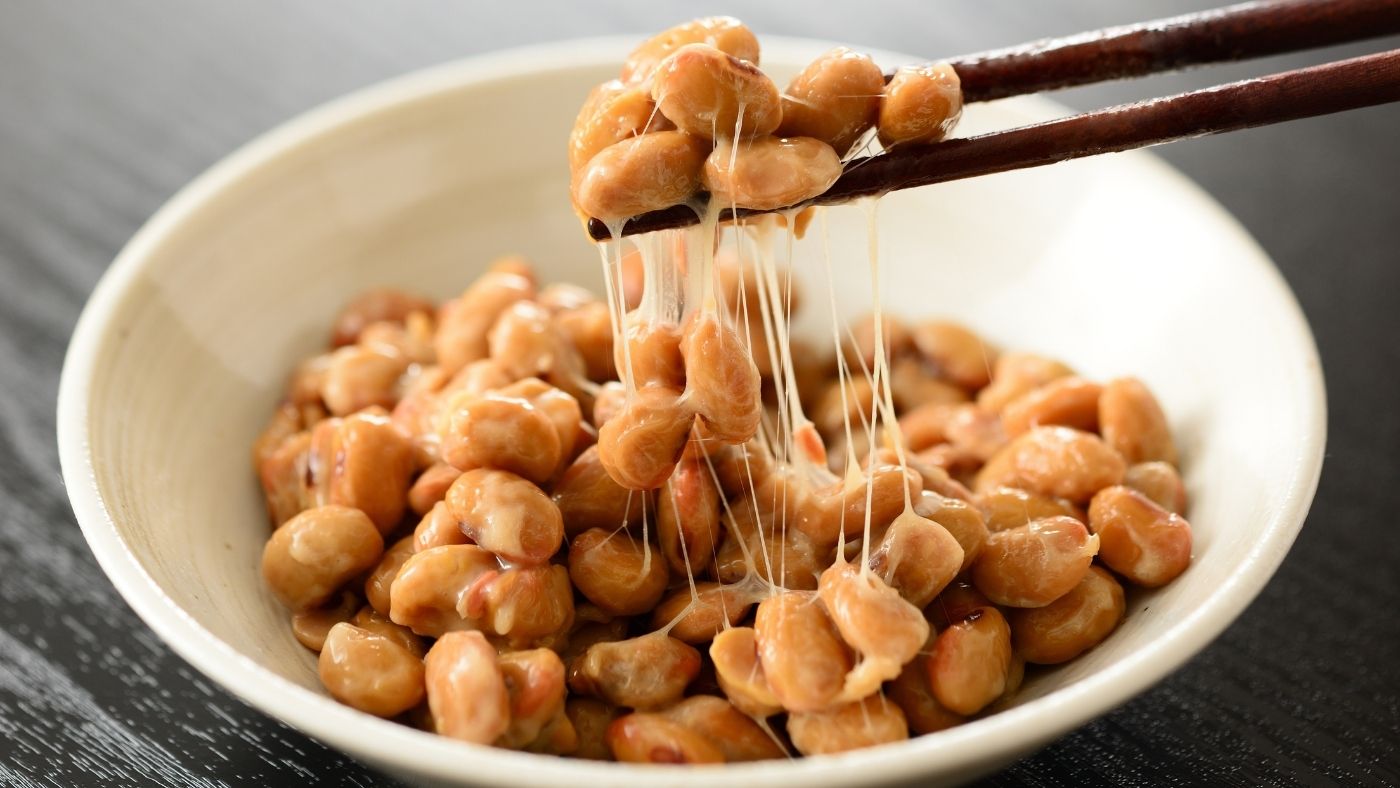
Other Soy Products
Soybeans are an incredibly versatile ingredient used to make numerous products found around the world. A few examples include whipped soy topping, soy cheese, soy yogurt, soy nut butter, soy grits, soy ice cream, soy meat alternatives, and soy nuts. Yuba, which is a thin sheet made from soybeans, is useful for making wraps and soups.
The best types of soy products to eat are those that are less processed. Some examples include cooked soybeans, edamame, soy milk, tofu, tempeh, and soy nuts. Although soy is a nutritious food, we still recommend moderation. Excessive consumption of soy products may reduce fertility in women, trigger early puberty, and disrupt the development of fetuses and children. In regards to whole soy foods, moderate intake refers to 3 servings per day.
Below are Serving Sizes for Common Soy Foods:
- 1 cup soy milk
- 1/2 cup cooked soybeans or edamame
- 1/3 cup tofu

Thus, the different types of soy products available in the market have various benefits and uses. Whether you prefer tofu, tempeh, or miso, include some in your diet. Did you find this article helpful? Do share your feedback with us in the comments section below!
Disclaimer – There is some concern that soy intake may affect a person’s thyroid function. So, a person with undiagnosed hypothyroidism should moderate the amounts of whole soy foods to reap its benefits.

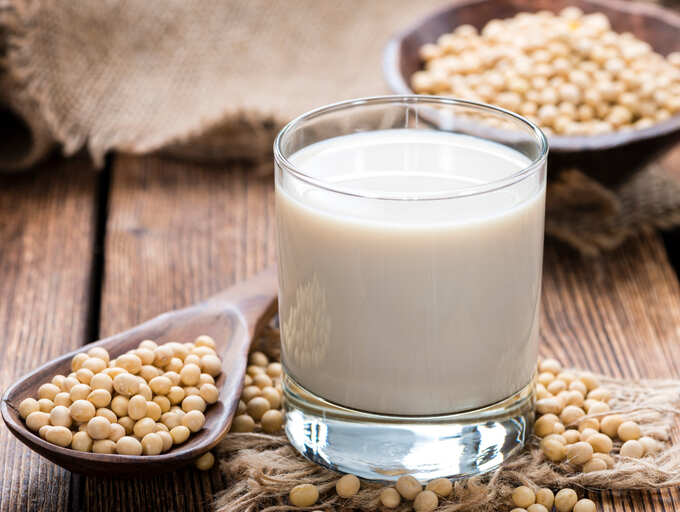

.png)


